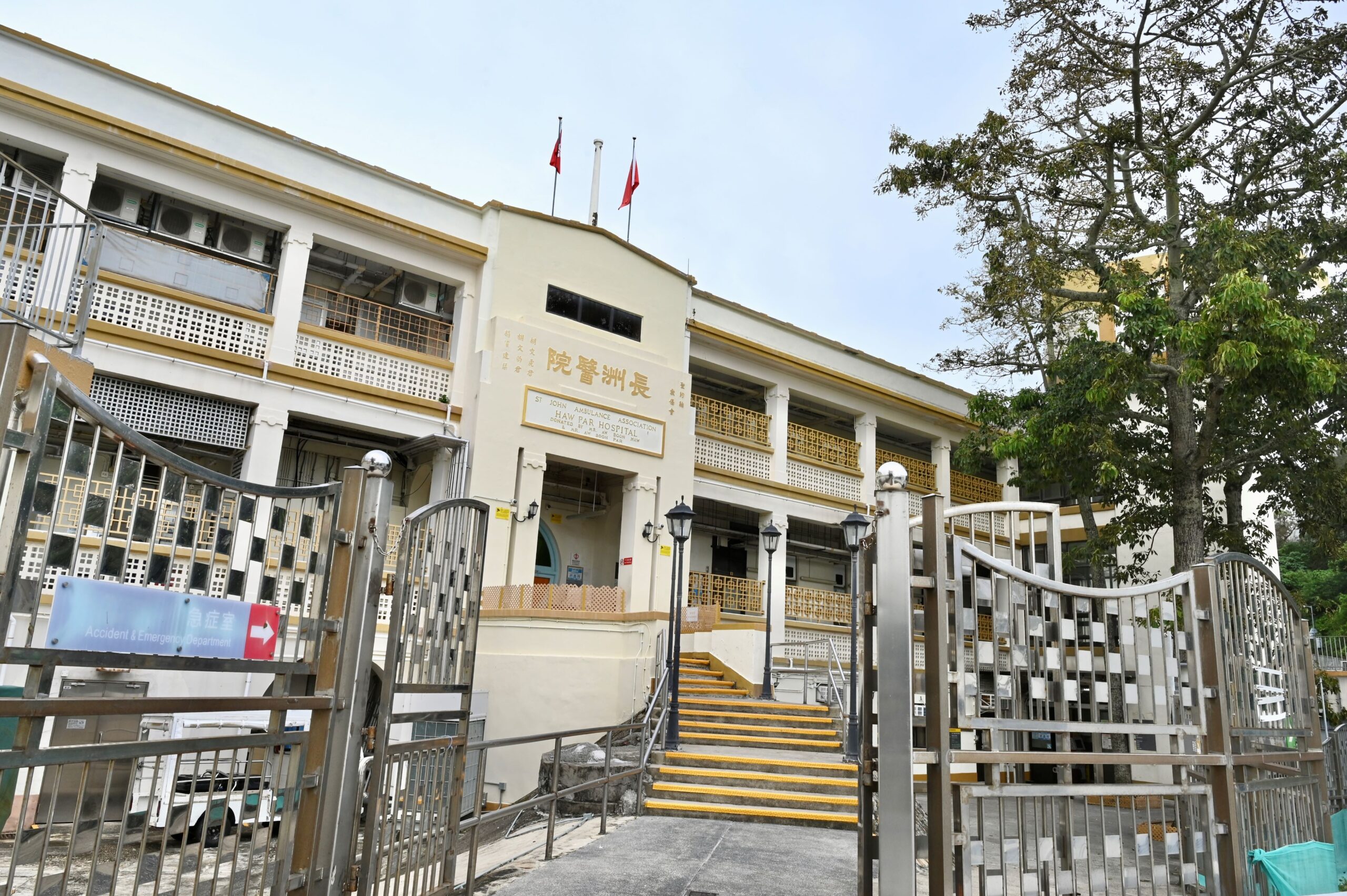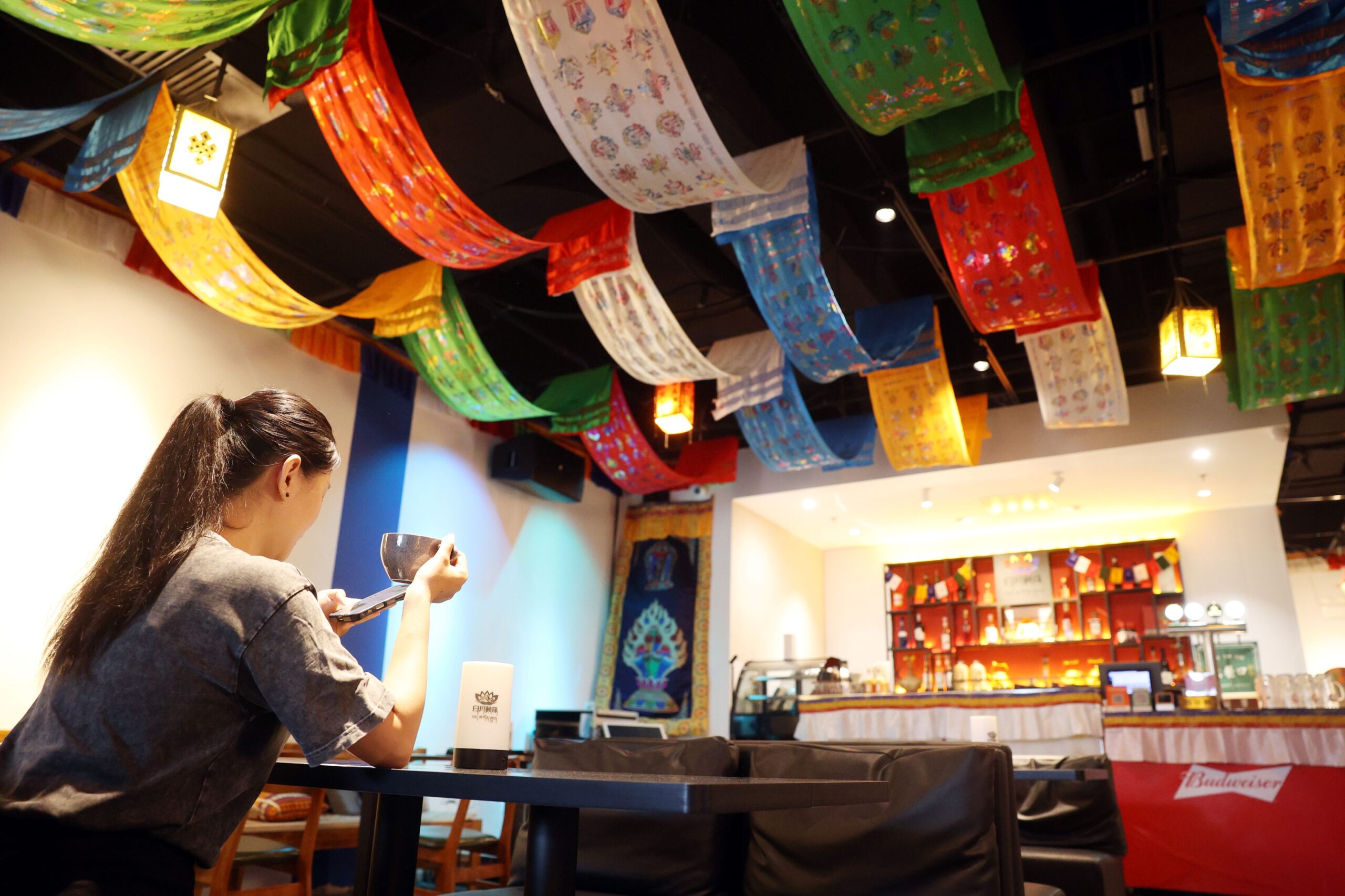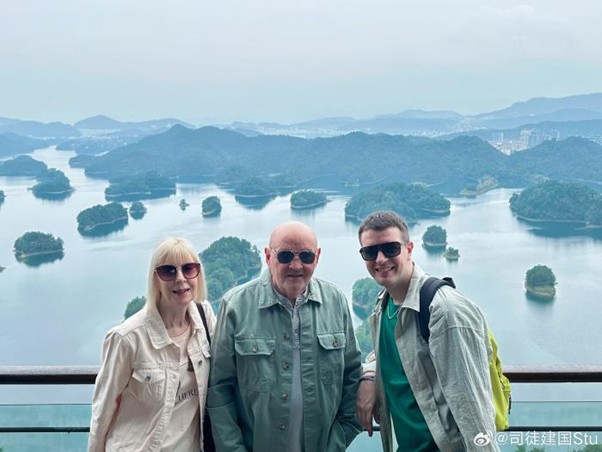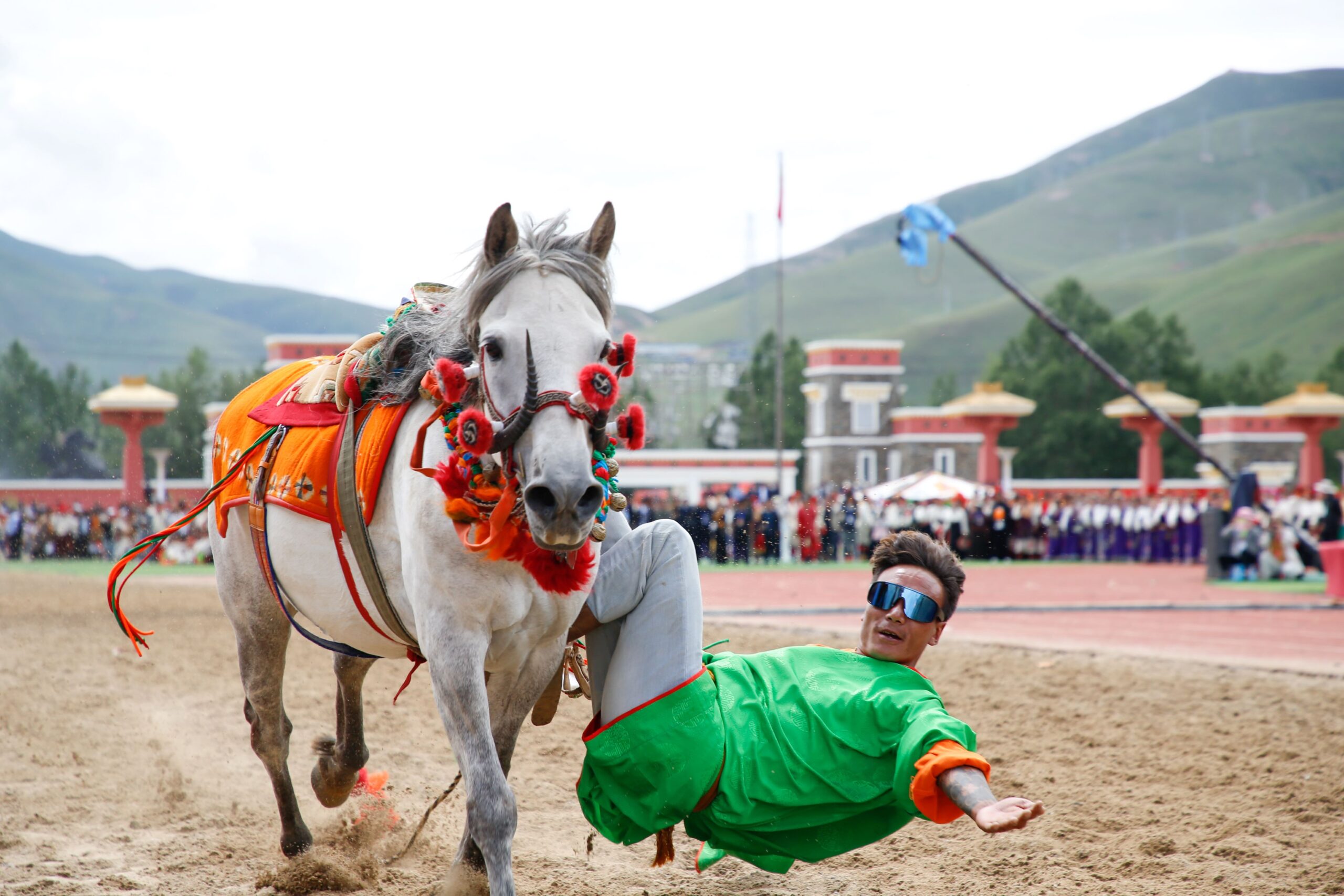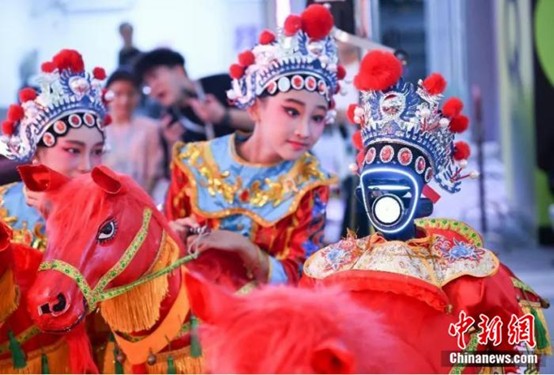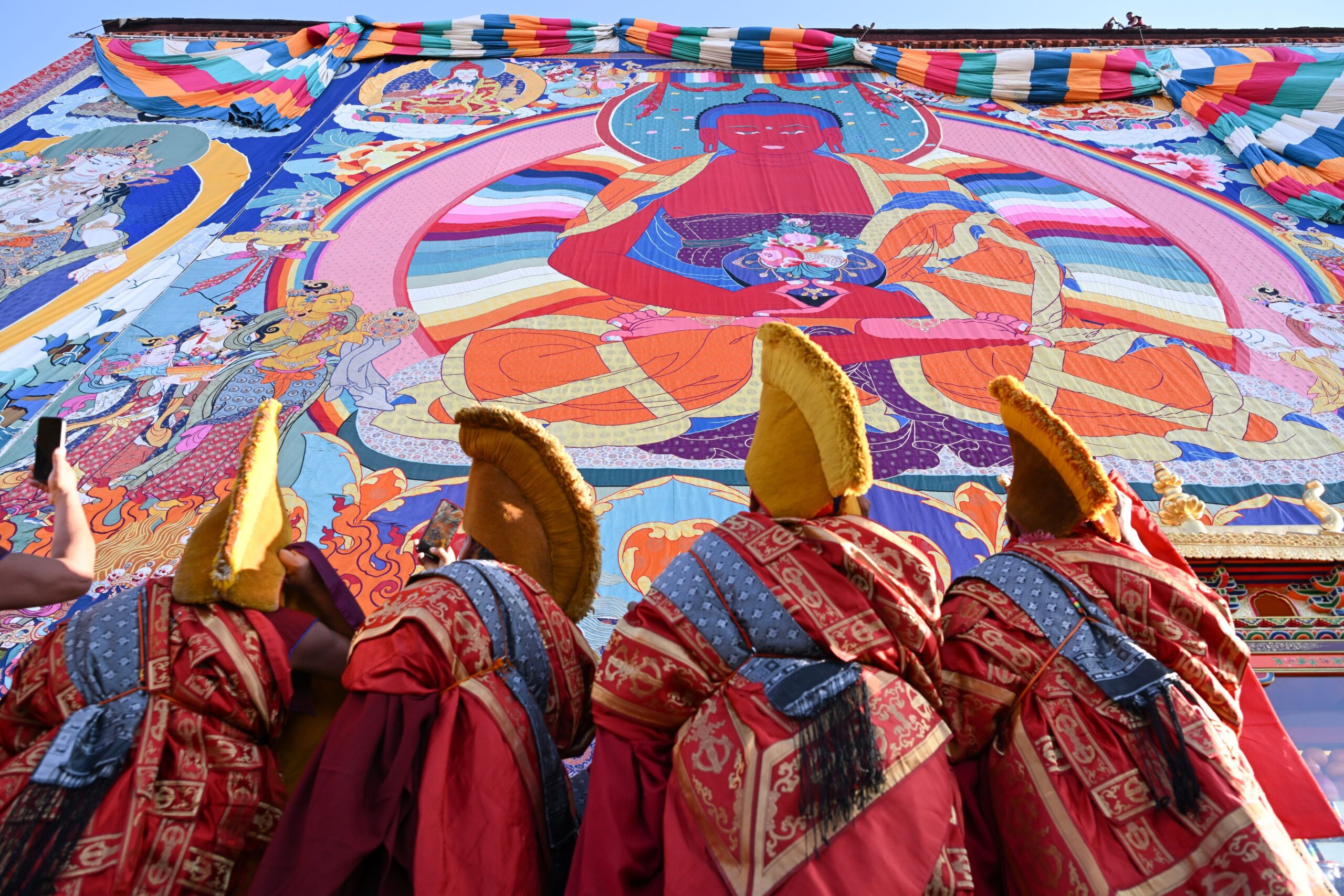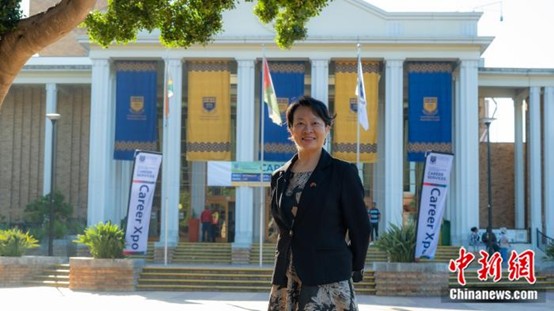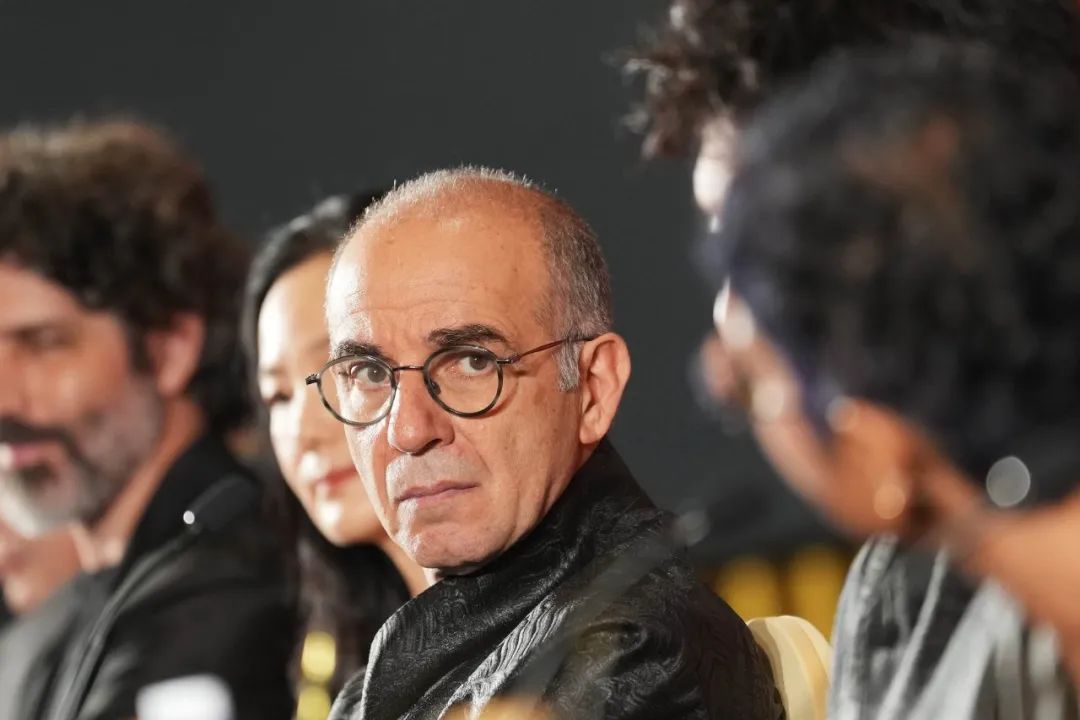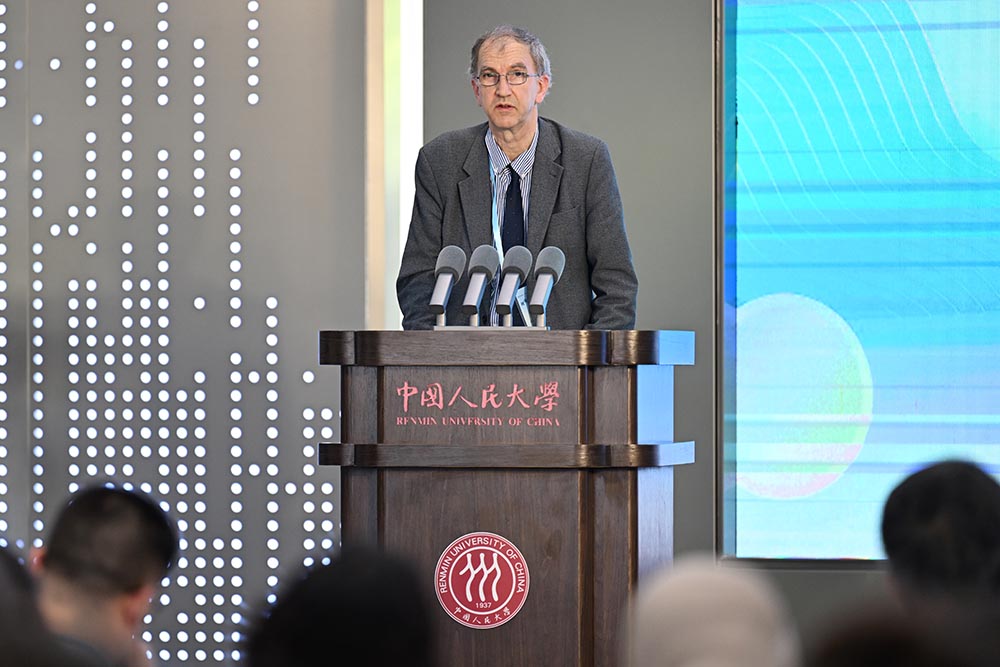Chinese cartoonist Nie Jun explains how Chinese comics are seen across the world in this exclusive interview.
Like a particularly cute child gently putting the hands of two adults together, the comics makes the relatively serious images of the two countries more approachable.’ To Chinese cartoonist Nie Jun, this is the power of comics. From The Fairytale in Hutong, which was created against the background of Beijing’s hutongs and listed as one of the ‘25 most noteworthy children’s books’ by the New York Times, to Shiny and Lei Gong, which was created at the invitation of the National Museum of Denmark, Nie Jun believes that the key to let readers from different countries understand his comics is to present commonalities in his works, so as to reach a sense of empathy.
On the occasion of the 30th World Book Day on 23rd April, Nie Jun was interviewed by East Meets West on how comics can integrate East and West.
Nie Jun is a Chinese writer of comics, graphic novels and children’s picture books, graduated from China Academy of Art. His works are unique in narrative, dare to explore a variety of styles, and incorporate fairy tale colours into warm reality, and have been published in many countries. His representative work The Fairytale in Hutong was selected as one of the ‘25 Most Noteworthy Children’s Books’ by the New York Times.
How did you get the opportunity to create the comic strip Shiny and Lei Gong?
The creation of Shiny and Lei Gong was based on an invitation from the Danish National Museum, who wanted me to create a picture book to attract visitors to the museum to learn about traditional Chinese culture. I was inspired when I saw the Chinese scroll ‘Leibu on patrol’ in the museum. I was attracted by the state of the gods in the painting, and in modern terms, I think they have a special spirit, a kind of rock and roll feeling.
The main character of the picture book, Shiny, is a little Danish girl. In this story, Shiny has a chance encounter with Chinese Leibu gods and goddesses, and with the help of these gods and goddesses, she gets out of her own psychological dilemma, and eventually sings out loud at a party to reconcile with herself to embrace a wider world of reality.
At the beginning of creating this story, I thought there needed to be a weird kid with a few flaws, which would make the story more interesting. But then I slowly realised that kids nowadays always seem to keep their grievances inside. So I kind of hope that young readers who have read this picture book can have a sense of catharsis, shouting out and crying out their inner emotions.
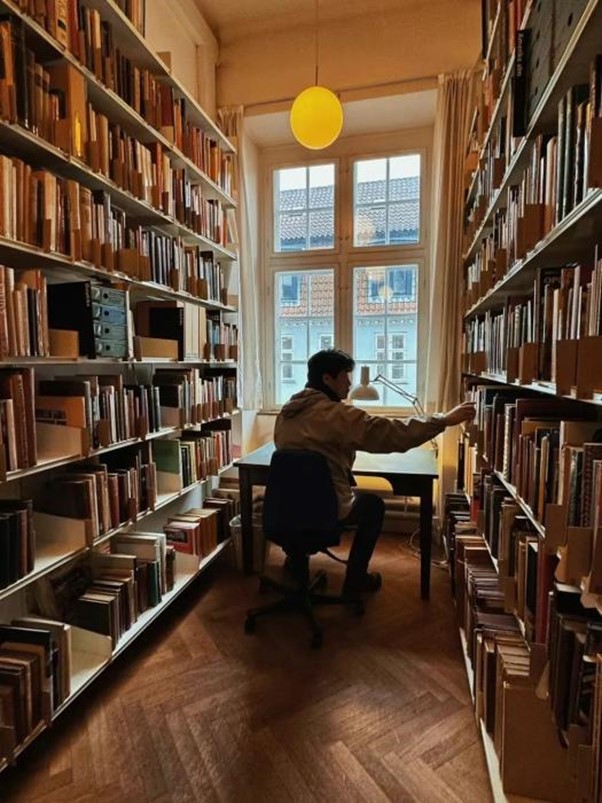
What do you think is the power of comics?
This is the same question I asked the director of the Danish National Museum at the beginning – why would a serious national museum want a cartoonist to collaborate? The director said that children and young people find museums so boring that they don’t want to come.
Comics may seem like something very entertaining, but in fact they are very powerful and can be something that many people will find something very relatable in, breaking through the feeling that refined culture is hard to embrace.
Like a particularly cute child gently putting the hands of two adults together, comics have made the relatively serious images of two countries more approachable, and this is the power of comics. I especially agree with the saying that comics themselves have no national boundaries. In the past, when I went to Europe to participate in some festivals, many cartoonists drew a cartoon portrait of each other in the evening during dinner, and everyone was very happy.
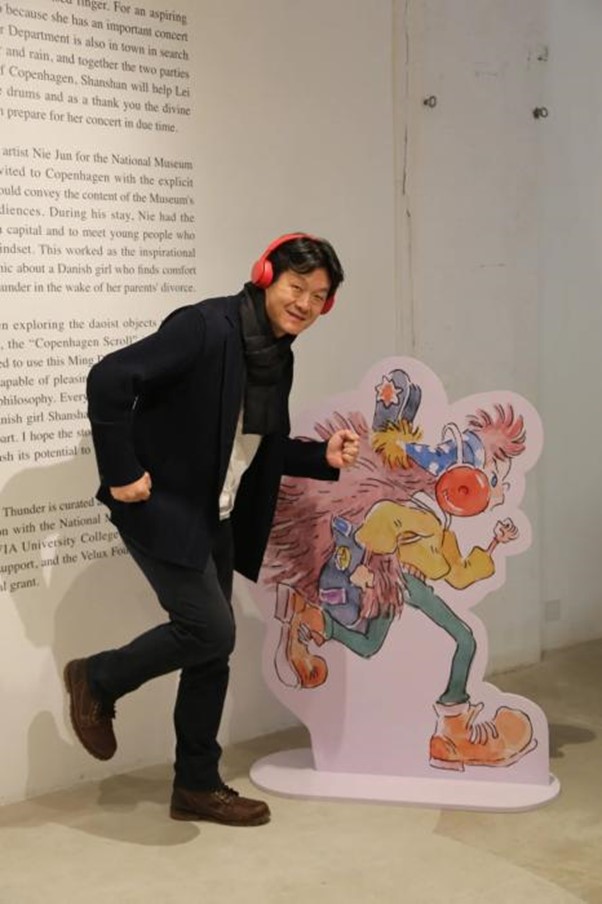
In addition to participating in festivals in Europe, you have previously travelled to Japan for academic exchanges. What do you think are the similarities and differences between Chinese comics and those of other countries?
We have a different ecology than Japanese comics. Japanese can be understood as works produced under a large commercial system with a very traditional set of perceptions. The same is true for European comics, which have an ecology of their own.
In terms of the content and expression techniques of comics, we are all influencing each other. For example, many Japanese and European cartoonists are now drawing Chinese comics with Eastern aesthetics. We are also learning some of their techniques, which are intertwined with each other.
I think what is common in comics from different countries is that the creators are seeking a better way of expression to convey how they see the world and see themselves. Comics requires authors to present their own feelings in the picture, including their own experiences of growing up, which can be reflected at once in the lines of the artwork, the eyes of the characters, and other contents.
The New York Times listed your book The Fairytale in Hutong as one of the ‘25 most noteworthy children’s books’ and said the story ‘moves gracefully between reality and fantasy, a bit like a Hayao Miyazaki film but sweeter’, what do you think of this?
I am grateful to them for making this comment. I also felt that they found empathy in this story. Although this work is about the life of an ordinary family in the hutongs of Beijing, they quickly found something in the story that shared their wisdom, lifestyle, and even emotions. Some of the small props that I drew inadvertently will be discovered by young readers from different countries, and they will tell me how they use these props, which I think is the charm of the images themselves.

Do you expect Chinese comics to become more popular in international markets?
I very much hope that our comics can be seen by readers from all parts of the world, but at the beginning we still have to serve our local readers first. I believe that as long as this work is exceptionally good and exciting, it will be enjoyed by many overseas readers.
We like to say that ‘good readers make good authors’, and many excellent works are born because very good readers keep giving positive feedback to the authors, so that they can create more good works. Therefore, we must now reduce the number of works with quick success, because these works are easy to “spoil” the readers, and slowly the readers’ expectation may become lower and lower, and there will be fewer and fewer good works on the market.
In the future, we are all creating on a broader international stage, not that we have to locate our readers in a certain country, so it is important to communicate widely. We need to find some more common emotions, and use comics to eliminate stereotypes about each other, so that we can reach a deeper understanding. For a cartoonist to be able to do something like that, I think it’s a great honour.
If you liked this article why not read: Belgian architect Nicolas Godelet: China is so far and yet so close


